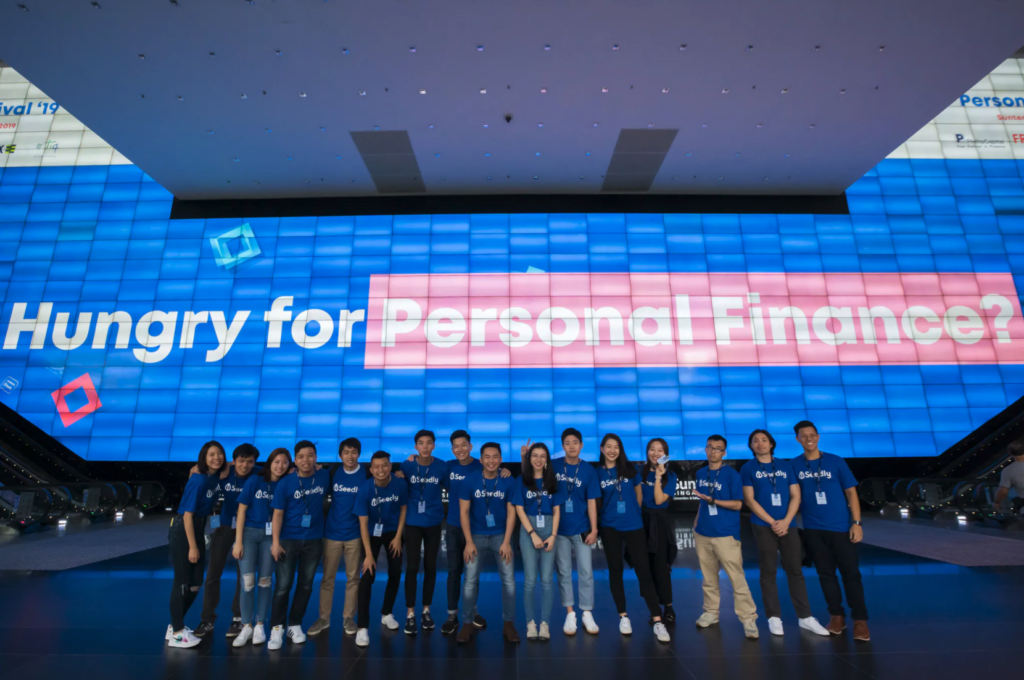Impactful communication is key to building a successful business, but with an overload of available information in a mobile-first world, brands fight for consumer attention. Someone who understands this better than most in Singapore is Yeap Ming Feng, the Head of Growth at Seedly – Singapore’s biggest personal finance community.
In just a few years, he and Seedly built a highly-successful platform in a competitive space by taking cues from their users’ experience. Focusing on one’s audience and making digital a seamless part of the customer experience are as crucial as ever before.
In fact, one in five companies in APAC have stated that customer experience is one of the most exciting opportunities for businesses in the next few years. However, only 7% of businesses consider themselves ‘mature’ in their customer experience capabilities.
With currently over 1.1 million monthly visitors to their platform, Seedly has not only demonstrated the hunger for personal finance knowledge among Singaporeans but also created a great success story that many other companies and startups in Asia continue to chase. But how exactly did Seedly grow from an idea to one of the go-to platforms for personal finance?
In 2016, Seedly was born to help people make smarter financial decisions and better manage their cash-flow. Yeap is an avid learner and go-getter who embraced content marketing early on as one of the most important growth tools for businesses in Asia.
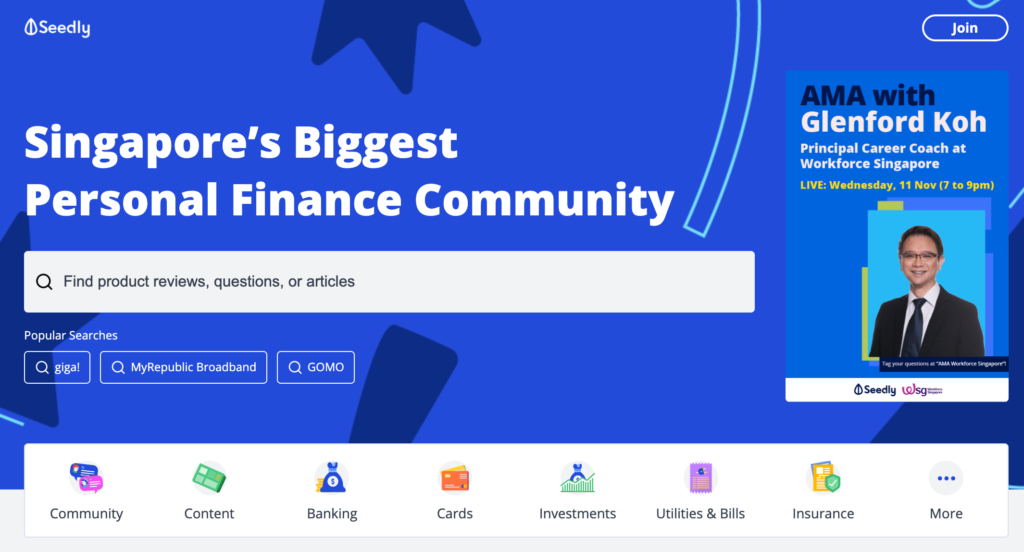
He and Seedly’s co-founders saw a knowledge gap in Singapore’s personal finance space. To fill the void, they grew a community around their platform that allowed people to crowdsource knowledge from peers before making financial decisions.
“Knowledge is only one aspect of it. It’s the content and ultimately the platform that helped complete people’s journey to personal finance,” says Yeap. Considering Singapore’s size, one might say that getting 1.1 million monthly visitors is already quite an achievement. However, for Yeap there is still room for improvement.
“Personal finance is supposed to be for everyone. But we’ve only captured around a sixth of Singapore. Looking back at how we started, we’ve surely managed to build a really great personal finance management app, and we are proud of seeing this great response. But there is still so much more we want to offer to Singaporeans.”
Content as the #1 business growth driver
In the beginning, Seedly’s growth relied on paid marketing channels to gain traction. However, they soon noticed that offering personal finance knowledge via content enhanced their attractiveness among Singaporeans.
“If we notice that a handful of people are suddenly changing their sim card, we start to research the topic, [and] circle it back to the community for feedback. That way we can stay ahead and see trends before others.”
– Yeap Ming Feng, on listening to their audience to build content that is relevant
“Personal finance shouldn’t be a top down approach. It should be from the ground up,” explains Yeap. “We wanted to lower the entry barrier to personal finance topics and make it more accessible to Singaporeans, as we see growing financial consciousness.” In fact, research has shown that four in ten Singaporeans are still underbanked, which means they financial needs are not met or not well-served.
To cater to this growing interest, Seedly first used Facebook Groups but ultimately moved the conversation to their own platform, where people could interact, ask questions, contribute opinions, and get their answers to personal finance matters.
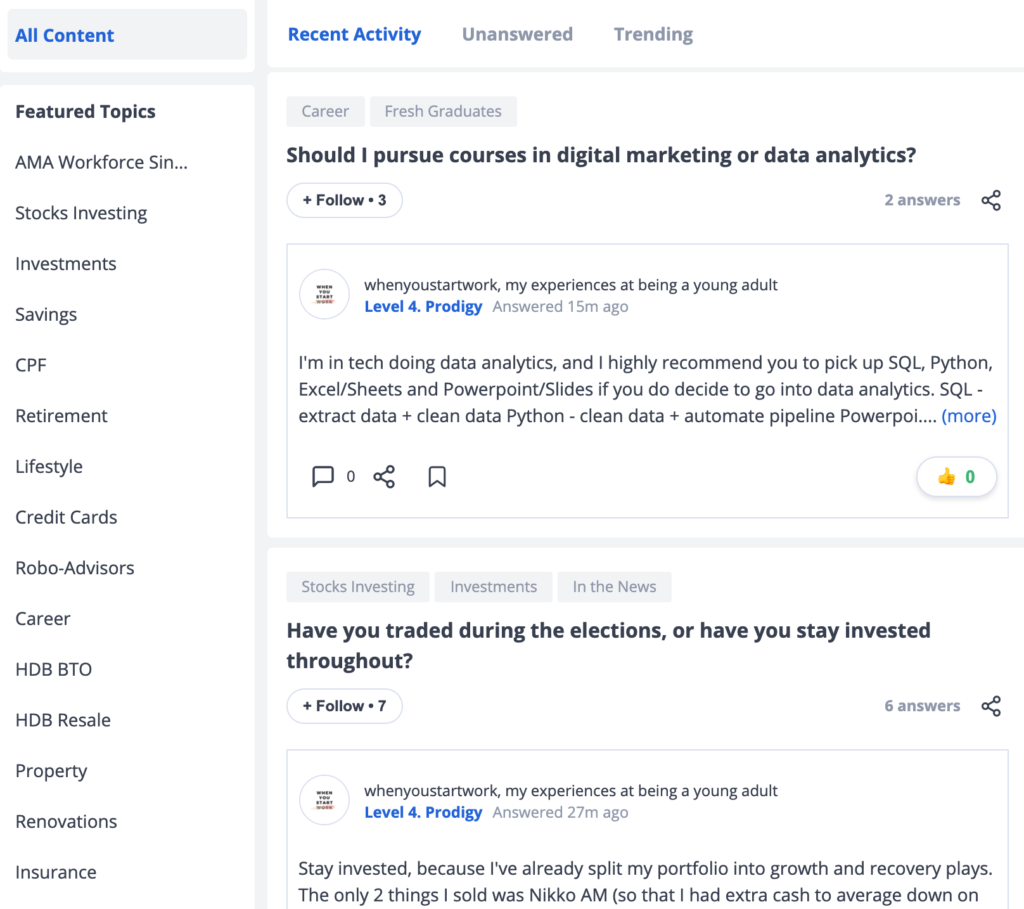
The quality of the content matters more than ever before. With an abundance of information at our fingertips, businesses often only have 0.7 seconds to catch someone’s attention. Measuring what works and what doesn’t is equally important, explains Ming Feng.
Understanding what content works
It’s a common occurrence – people will visit a site, find valuable information but then leave without taking further action. “We need to understand what exactly drives all these visitors to our platform. With hundreds of different available metrics, we try to streamline our efforts and determine only one simple metric we can focus on.”
Seedly has been experimenting with a metric called ‘first user action’ – the moment someone interacts with the personal finance community on their platform. “We want to retain the group of people who create meaningful actions on the site, who give back to the community, and generate insightful value.”

With their set of retention metrics in place, Seedly is able to understand what its user is looking for. Furthermore, all contributions get validated by the community, making it easy for people to identify the most valuable information.
Yeap explains that to maintain the company’s growth momentum it’s vital to never stop testing new ideas. It’s part of their strategy to integrate small features on their platform that will inform their team about what content is most sought after.
“We also validate our content internally. After all, if we can’t interest our own team to read our content, then how can we convince others to do so?” Seedly’s Head of Growth explains that retention metrics are important, but that they ultimately need to listen to their community of users – that’s their growth path.
Identifying the topics that matter
Seedly’s community is vast and diverse, ranging from students and millennials to professionals and retirees. To cover this broad range of topics and needs, they have their ears firmly to the ground, closely observing the behaviours, patterns and concerns of their peers and community.
“If we notice that a handful of people are suddenly changing their sim card provider, we start to get interested. After we research the topic, we will circle it back to the community to get their feedback. That way we can stay ahead and see trends before others write about them.”
But community is not their only source of information. Seedly also has a dedicated SEO team that constantly measures performance and search queries, helping to identify what topics are searched for and demand attention.
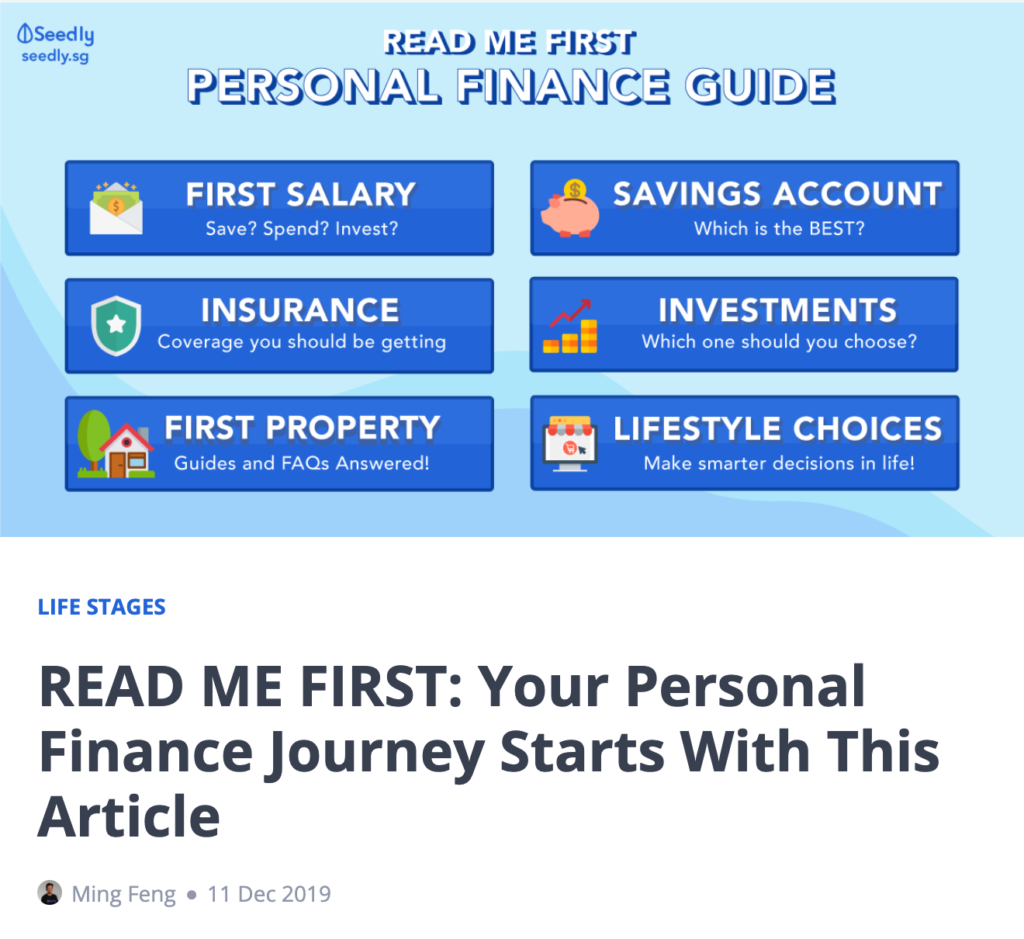
Content moderation is key, too. In the times of fake news and internet trolling, Seedly needs to ensure their personal finance community stays positive and isn’t a place to rant.
It’s through the combination of content ideation, topic validation and community moderation that Seedly managed to build a content and growth strategy that resulted in the success they see today.
Building an internal content engine
“News in the personal finance space can move fast. For example, with new regulations or changing interest rates, many facts can change overnight. Our team needs to consistently update and optimise our content across the platform.”
Seedly’s success in growing a connected community and identifying valuable stories is partly due to the great team they have managed to build. It’s the combination of editorial expertise and technical knowledge that helped them navigate obstacles fast.
“Our editorial team is well versed in the personal finance space and used to write for other financial online publications. Our SEO specialist helps to analyse our page rankings and website traffic, while our community managers will monitor the engagement.”

Seedly’s editorial and growth teams meet every week to decide what is valuable for their community. After all, content is only relevant to people if it’s up to date and accurate, explains Yeap.
Editorial and measurement have been two of the most important pillars of their content marketing and growth strategy to date. Already in the early days, Seedly emphasised the importance of tracking user acquisition and behaviour patterns on their platform with the help of sophisticated tools. However, it was the content and its editorial strength that got people interested in Seedly in the first place.
Future growth potential
While community growth will remain a priority, Seedly is also planning to offer a more personalised offering to cater to individual interests. It’s no secret that people are interested in discovering content that matters to them. In fact, research has shown that personalisation has drives shown to drive around 15% more revenue for businesses.
“I think we still got a lot more work to do. As personal finance is for everyone, we can still reach a much broader audience. Looking ahead, we also try to imagine what products will help our community in the future. And how do we make them accessible and easy to use for everyone – that’s our next growth challenge.”
Yeap explains that the sharing of marketing ideas in Asia still needs to become more prominent, as his interaction with other Asian growth leaders, such as Junwen Lee from CardUp and growth advisor Titan Lee, have been of instrumental value to his own development.
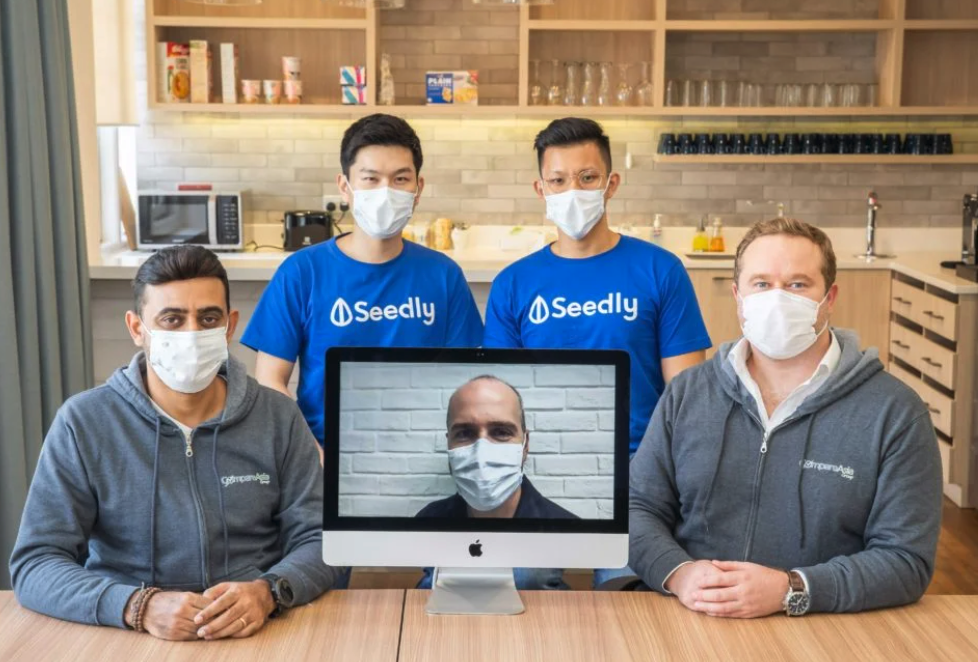
“Although it’s true that what works for others may not work for you, it’s about understanding the very fundamentals of how a growth strategy is put together that will help you grow and shape your own path.”
While content marketing is often treated as the holy grail of growth, it’s all about storytelling and the right mindset. Regardless of whether you attend growth marketing courses or read the blog of Andrew Chen, who is a growth hacker at Uber, you need to find your own approach.
“I regularly catch up with budding growth hackers in Singapore to bounce off ideas and I recommend anyone who wants to learn more to do the same,” recommends Yeap.
When it comes to the inspiration for Seedly’s growth, there are many great examples out there, tells Yeap. “We are constantly observing what the big brands, such as Grab, Uber or even Facebook, are doing. How are they expanding? What products are they creating? How does it benefit their users? We are constantly asking ourselves these questions.”
Watch the full interview here.

